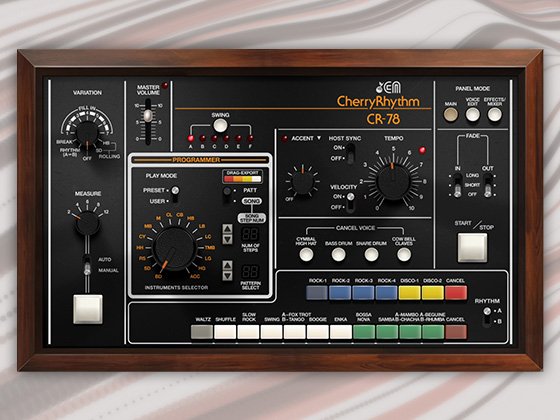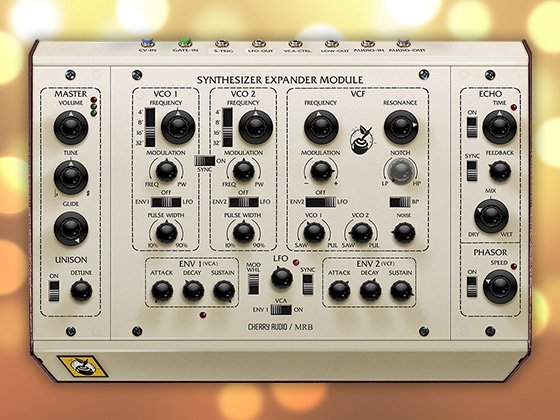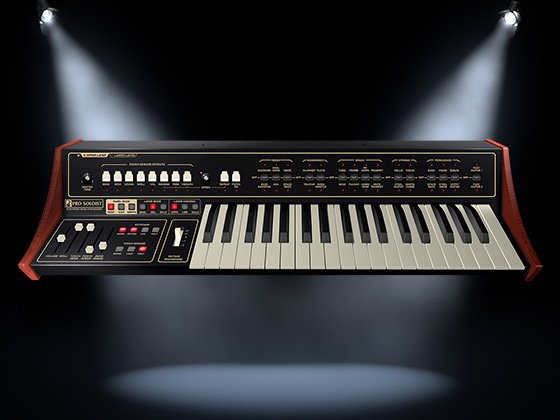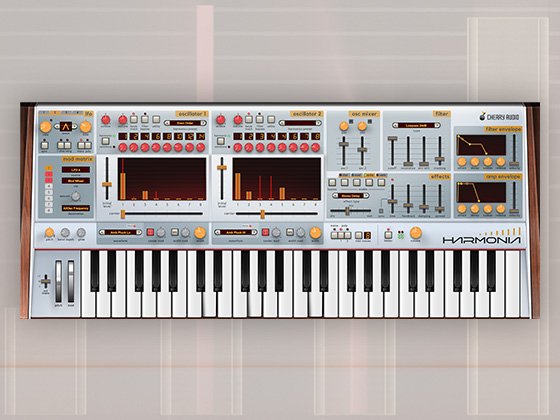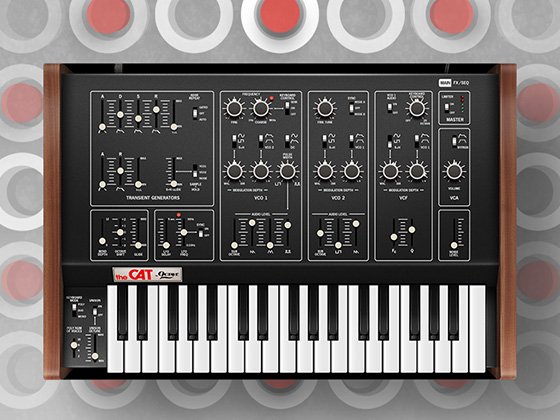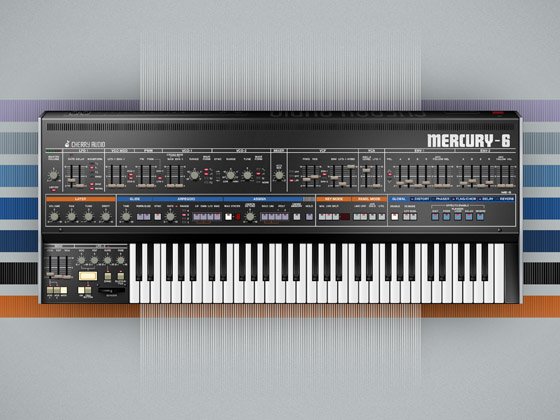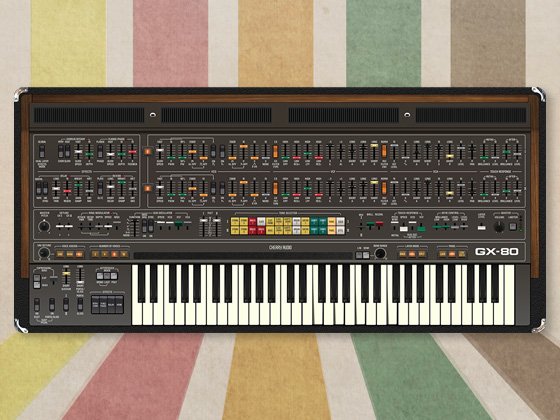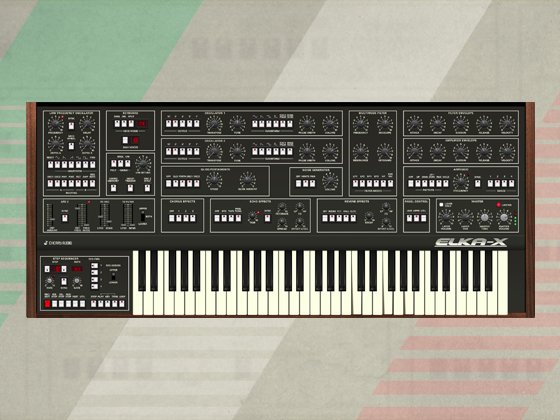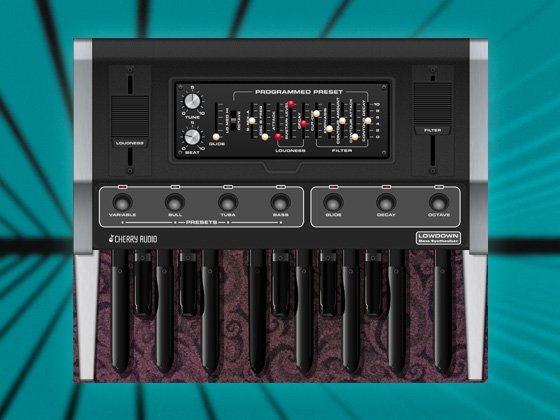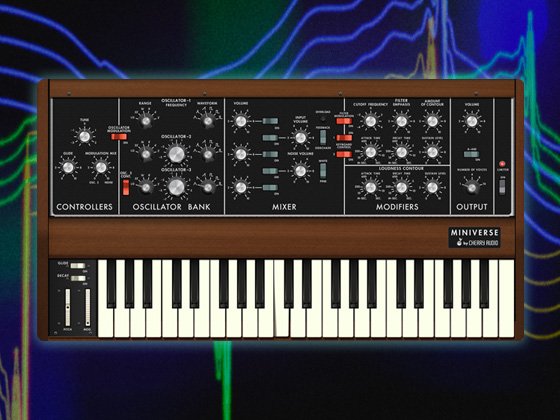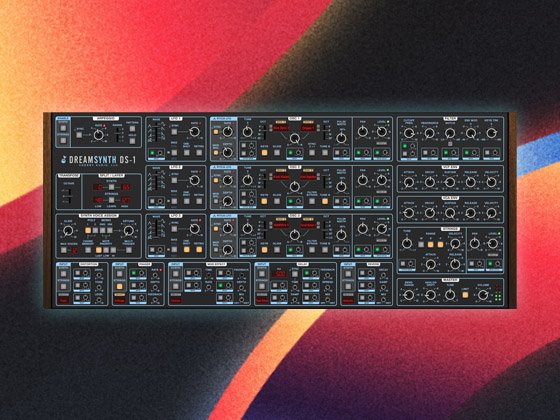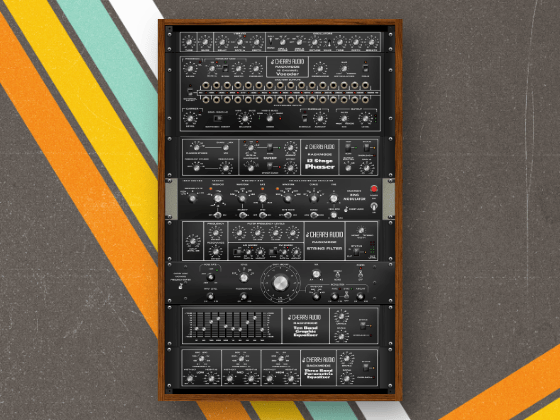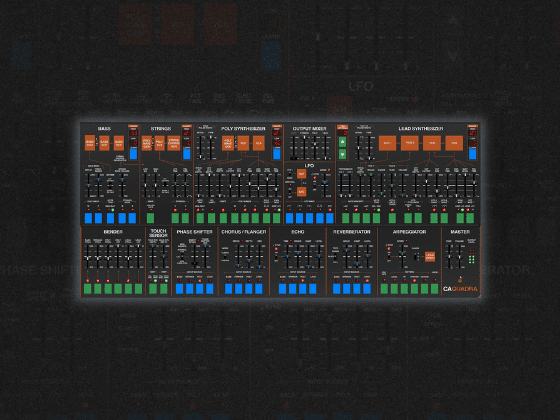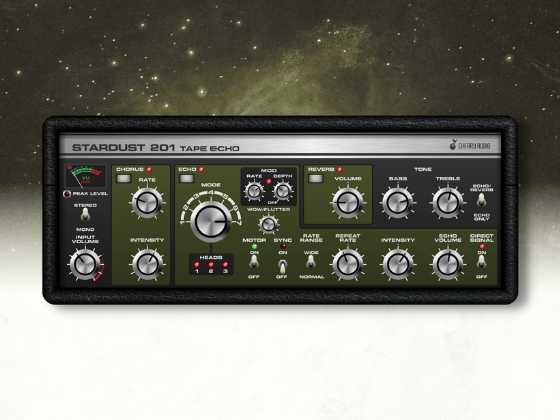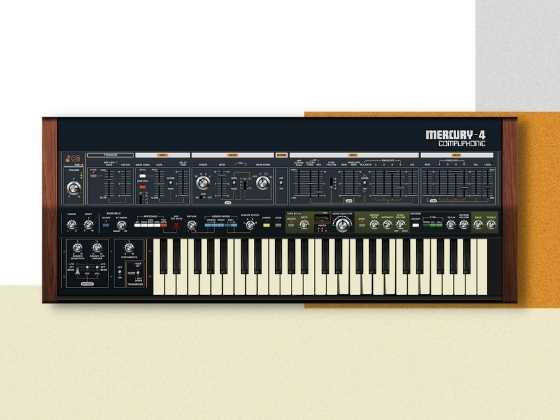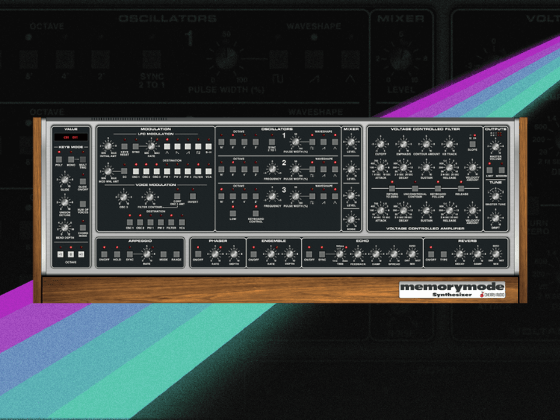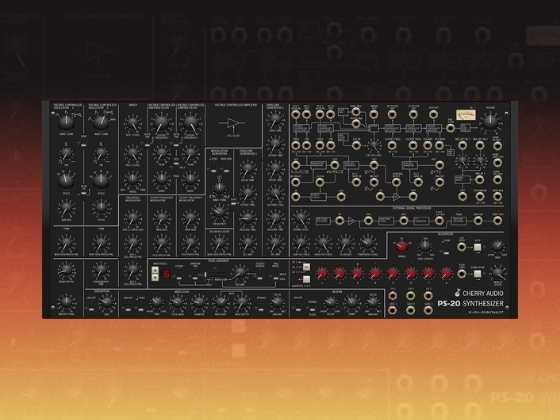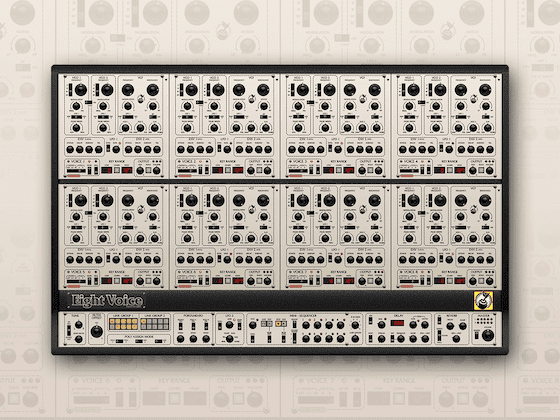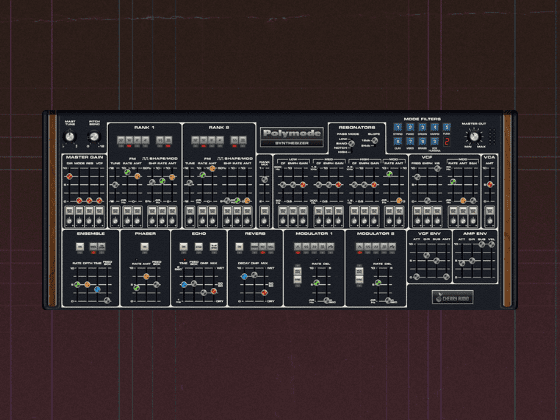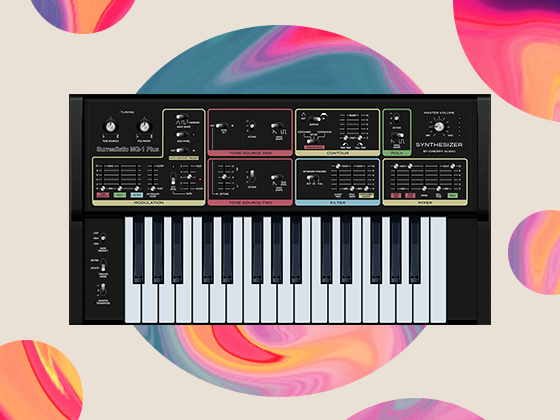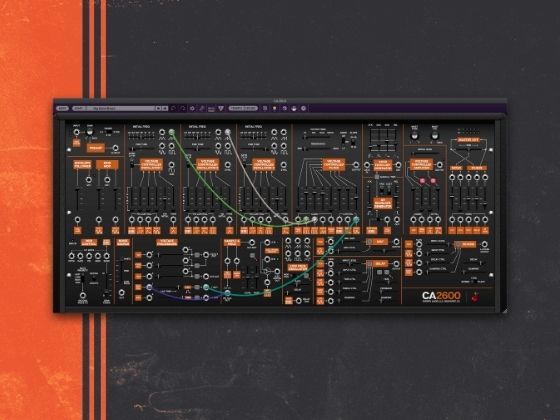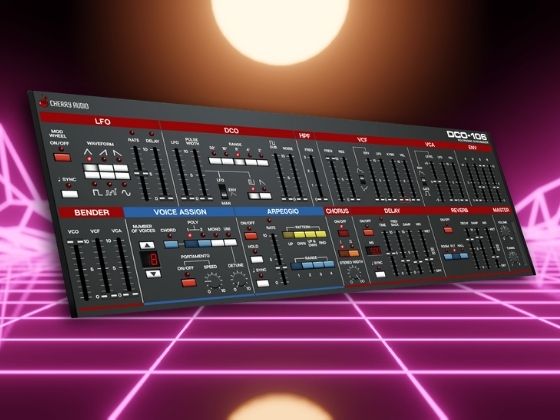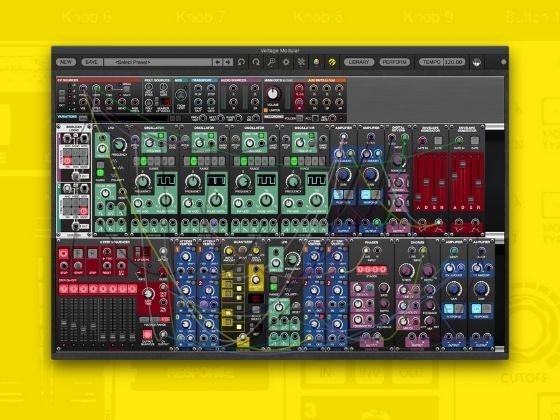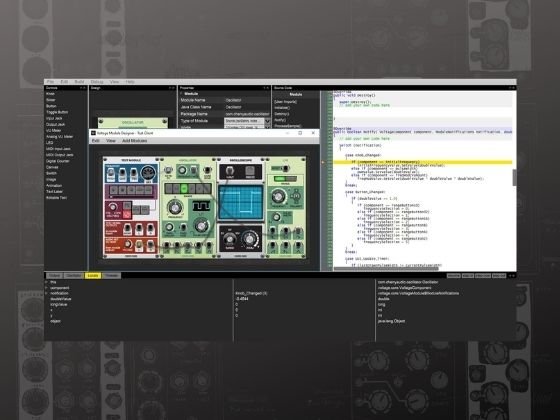Manufacturer: MRB
$20.00
Included in the MRB Luxury Filter Bundle
DEMO SOUNDS ARE ON THE MOOD FILTER BUNDLE PAGE
INTRODUCTION
The MRB Mood Filter is a functional clone of the original Moog modular 904A, 904B, and 904C triple module that was introduced and patented by Dr. Robert Moog in 1965. I know of no other filter (except other clones of the 904 series) that work the way they do.
The 3 modules consist of a 4-pole LOW PASS FILTER (904A), a 4-pole HIGH PASS FILTER (904B), and a FILTER COUPLER (904C) which is responisible for working some magic. The filters are basic, operate the usual way voltage-controlled filters do, and may be used independently. However, using the FILTER COUPLER to coordinate them is where the fun begins.
The Mood Filter is 100% faithful to the original 904ABC with the lone exception of attenuverters added to the control voltage inputs. I have seen several hardware 904 sets where these pots were added by the customers. Can you imagine drilling into your vintage 904 these days?? Fortunately, no 904s were harmed in the making of this module. As you may have noticed, I enjoy adding new features to things. However, this filter is so iconic and was so groundbreaking, I thought it would be criminal to alter it in any way. Therefore, you get the true sixties experience.
DESCRIPTION OF FILTER COUPLER
The FILTER COUPLER provides 2 functions: audio routing and control voltage coordination which facilitate the creation of BAND PASS and BAND REJECT (notch) responses. To use it, patch your audio input and output to the COUPLER instead of either filter, then select either of the 2 responses. (Be sure to leave the COUPLER OFF when not in use.) For best results, set the FIXED CONTROL VOLTAGE (cutoff) knobs on both filters to center zero and set the FREQUENCY RANGE switches to LOW and 2. Now the filters line up and the COUPLER produces predictable results. Leave the REGENERATION (resonance) control at zero for now. (You can always turn any of the knobs or use any CV later should you wish to alter the sound.)
BAND PASS operation is discussed first. You can think of a bandpass filter as having 2 walls in the frequency spectrum. The wall on the left passes frequencies above it, and the wall on the right passes frequencies below it. The result is that only the frequencies between the walls pass through. In this mode, the highpass filter provides the left (lower frequency) wall and the lowpass provides the right (higher frequency). The filters must be patched in series to accomplish this, and the COUPLER does this internally. Behind the scenes, the COUPLER routes the audio through the highpass filter first, and its output becomes the input to the lowpass. The lowpass output is then presented as the COUPLER's OUTPUT. When you adjust the CENTER FREQUENCY control (or its CV), both filters move in tandem up and down the spectrum in the usual way. Increasing the BANDWIDTH increases the distance between them without affecting the center. That is, the highpass filter moves down while the lowpass filter moves up, allowing a bigger spectral slice to be heard. The COUPLER routes these up/down control voltages to the respective filters for you.
With the exception of the CENTER FREQUENCY control, all internal operation of the COUPLER in BAND REJECT mode is the opposite of BAND PASS mode. In BAND PASS mode, the selected spectral slice is the only thing you hear. In BAND REJECT mode, that slice is the only thing you don't hear. To accomplish this, the COUPLER wires the filters in parallel, feeding the INPUT audio to both, and then presents the sum of their outputs to the COUPLER OUTPUT. This time the left wall is provided by the lowpass and the right wall by the highpass. Increasing the BANDWIDTH drives the lowpass down and the highpass up resulting in a kind of "parting of the waters" action, leaving a gap of silence in the middle.
To hear what is really going on in both modes, pink noise is best at revealing the whole sonic picture.
We are used to seeing multi-mode filters provide bandpass and notch responses, but they fall far short of what can be accomplished with this filter set. The bandpass response of most multi-mode filters has slopes (walls) that roll off at -6db/octave. Compare that to the -24db/octave of these filters. Also, a multi-mode filter has no bandwidth adjustment. You can adjust the resonance, but that just puts a narrow peak in the middle which is not at all the same thing. The notch response of the multi-modes also ranges from narrow to inaudible, whereas you can drive a truck through the notch you can create with the 904.
While using the FILTER COUPLER you are still free to patch audio in and out of the filters and use all the controls and CVs. For example, if you are in BAND PASS mode and have audio going through the COUPLER, you can patch another signal into the INPUT of the LOWPASS FILTER. That second signal will be lowpassed only. You can also take an output from the HIGHPASS FILTER to listen to what that section is doing independently.
As you can see, there are a lot of combinations to explore and a lot of fun to be had. Welcome to 1967 and the Summer of Love. I hope the Mood Filter puts you in the mood.
THE PANEL
HIGH PASS FILTER
- FIXED CONTROL VOLTAGE -- Cutoff CV in volts (1v/octave)
- FREQUENCY RANGE -- Shifts the cutoff about 1.25 octaves. Not necessary in our modern times, but it is there for historical completeness.
- INPUT / OUTPUT -- Audio in and out
- CONTROL INPUTS -- 3 cutoff CV inputs with attenuverters
LOW PASS FILTER
- FIXED CONTROL VOLTAGE -- Cutoff CV in volts (1v/octave)
- FREQUENCY RANGE -- 2 octave transpose per position. Once again there for historical reasons.
- REGENERATION -- Otherwise known as resonance, or Q, or emphasis. Regeneration is an old vacuum tube radio term.
- INPUT / OUTPUT -- Audio in and out
- CONTROL INPUTS -- 3 cutoff CV inputs with attenuverters.
FILTER COUPLER
- BAND REJECT / OFF / BANDPASS -- Mode switch. Set to OFF when the COUPLER is not in use.
- BANDWIDTH -- Adjusts the frequency separation of the filters as described above.
- CENTER FREQUENCY -- Adjusts both filter cutoff frequencies equally.
- INPUT / OUTPUT -- Audio in and out
- CONTROL INPUTS -- BANDWIDTH and CENTER FREQUENCY CV inputs with attenuverters.


























